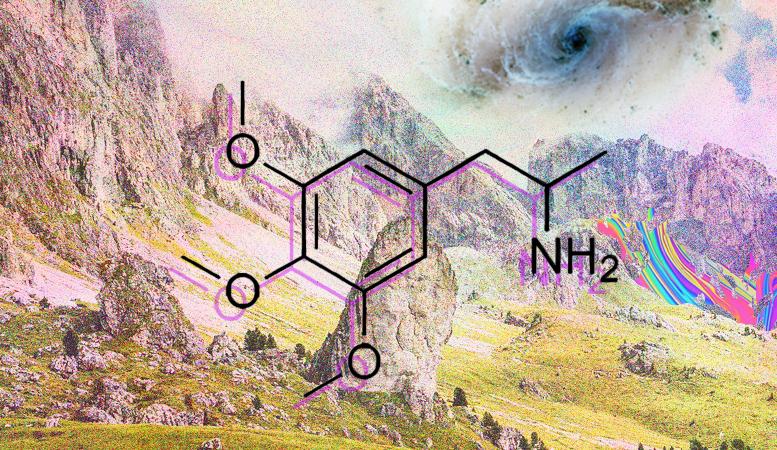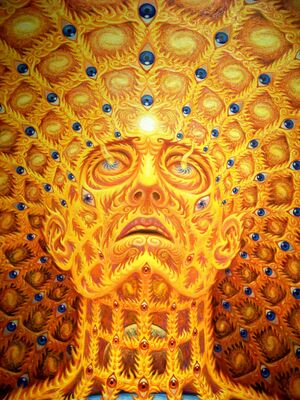What is TMA?
TMAs, also known as trimethoxyamphetamines, are a family of isomeric psychedelic hallucinogenic drugs. There exist six different TMAs that differ only in the position of the three methoxy groups: TMA, TMA-2, TMA-3, TMA-4, TMA-5, and TMA-6. The TMAs are analogs of the phenethylamine cactus alkaloid mescaline. The TMAs are substituted amphetamines, however, their action does not resemble that of the unsubstituted compound amphetamine, which is a stimulant and not a psychedelic. It is reported that some TMA’s exhibit a range of emotions ranging from sadness to empathy and euphoria. Several TMAs were first synthesized by the chemist Alexander Shulgin. Synthesis data as well as human activity data has been published in the book PIHKAL.

The most important TMA compound from a pharmacological standpoint is TMA-2, as this isomer has been much more widely used as a recreational drug and sold on the black market and as a “research chemical”; TMA (sometimes referred to as “mescalamphetamine”) and TMA-6 have also been used in this way to a lesser extent. These three isomers are significantly more active as hallucinogenic drugs, and have consequently been placed onto the illegal drug schedules in some countries such as Japan. The other three isomers TMA-3, TMA-4 and TMA-5 are not known to have been used as recreational drugs to any great extent, and remain obscure scientific curiosities.


